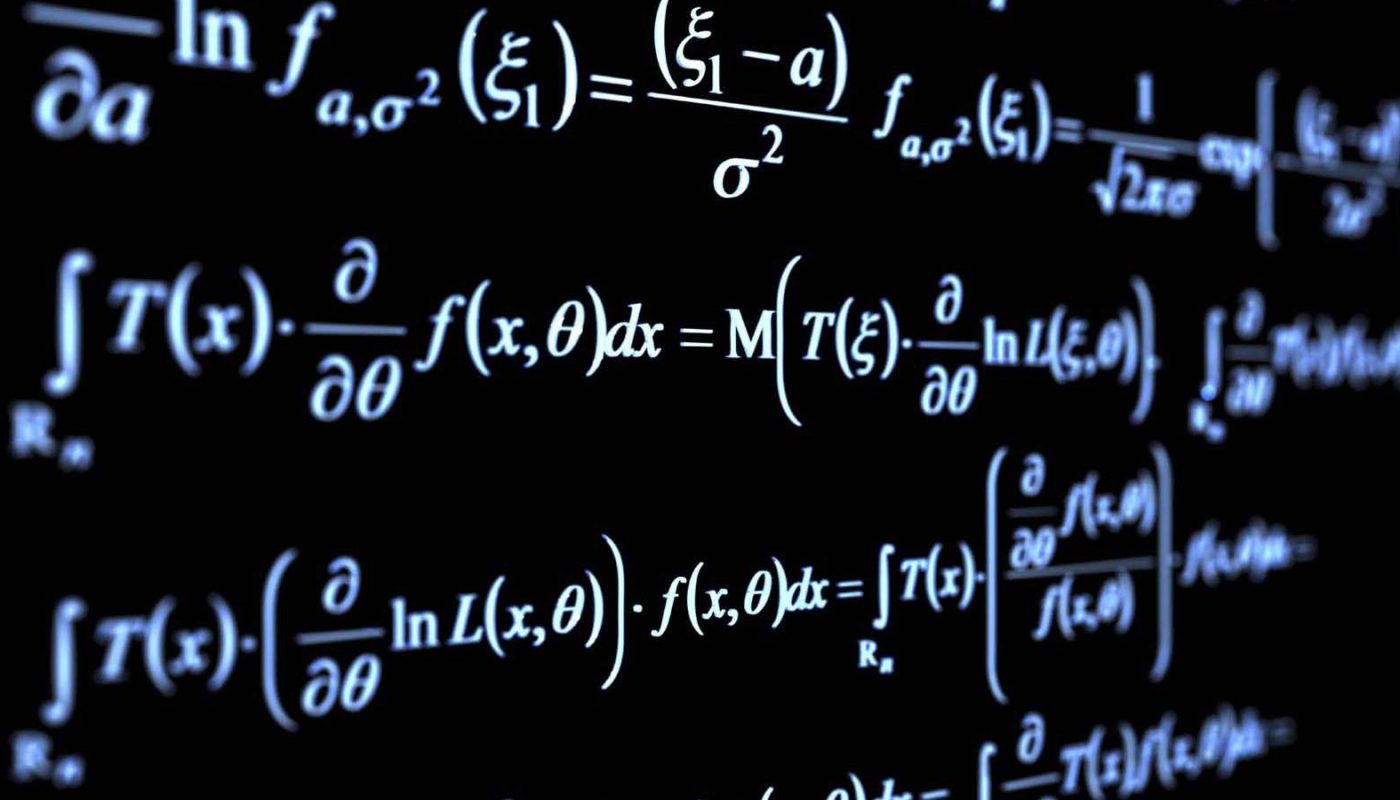In the vast and enigmatic realm of mathematics, x2+(y-3√2x)2=1 meaning equations often serve as cryptic riddles awaiting unraveling. Among these mathematical enigmas, the equation x2+(y-3√2x)2=1 meaning stands as a fascinating conundrum. While its appearance may initially appear complex and daunting, hidden within its seemingly intricate structure are remarkable secrets and practical applications that beckon exploration and comprehension.
Table of Contents
Understanding the Basics of the Equation x2+(y-3√2x)2=1 meaning
Before embarking on a comprehensive exploration of the equation’s significance and applications, let’s meticulously dissect and decipher its components, ensuring a solid foundation of comprehension.
The Equation’s Form: A Standard Circle Equation
Our equation, x2+(y-3√2x)2=1 meaning, takes on the standard form of a circle equation. In this canonical form, the equation defines a circle characterized by its center located precisely at the origin (0,0) and a radius extending to a length of 1.
Breaking Down the Equation into its Constituent Parts
Breaking down the equation into its constituent parts, we discern the following:
- x^2: This component symbolizes the square of the x-coordinate of any point situated on the circle.
- (y – 3√2x)^2: Within this component, we find the square of the difference between the y-coordinate and three times the square root of 2 multiplied by the x-coordinate of a point residing on the circle.
- = 1: This element signifies that the sum of the squares of these two components must precisely equate to the number 1, which is, in essence, the squared value of the circle’s radius.
Graphical Representation: A Visual Odyssey
To facilitate a more intuitive grasp of this equation, let us embark on a visual journey by plotting it onto a Cartesian plane.
Visualizing the Circular Geometry
Upon graphing this equation, a mesmerizing circular geometry emerges. This circular contour exhibits a radius of 1 unit and, crucially, is centered immaculately at the origin. In essence, the equation encapsulates and defines all the conceivable points (x, y) that harmoniously satisfy its mathematical constraints.
The Geometric Center and Radii in Focus
Within this circular visual representation, the center assumes a pivotal role, firmly anchored at the coordinate origin (0,0). As the circle’s beating heart, this origin remains steadfast as a reference point, while the radius extends outward to a distance of precisely 1 unit. It is noteworthy that any point (x, y) lying precisely on the circumference of this circular realm inherently adheres to and satisfies the overarching mathematical equation.
Must Read:
Practical Applications: Bridging Mathematics and Real-World Utility
Having unraveled the mathematical essence and graphical representation of this equation, we must now embark on a captivating journey exploring its tangible applications across various domains.
Electrical Engineering: Precision Boundaries
In the realm of electrical engineering, this particular equation finds extensive utility. Engineers employ it to delineate precise boundaries, effectively demarcating regions of interest. This application proves invaluable in the design and layout of circuit boards, where intricate components must be strategically positioned and spatially organized.
Physics: The Trajectory of Particles
Within the realm of physics, the equation x^2 + (y – 3√2x)^2 = 1 assumes an intriguing role. It manifests as the path traversed by a particle undergoing circular motion. In this context, (x, y) collectively denote the dynamic coordinates of the particle at any given instance, elucidating the intricacies of its circular trajectory.
Geometry: Crafting Circular Mirrors and Lenses
The equation’s geometric implications extend to the field of geometry, where it serves as a fundamental tool for crafting circular shapes. These shapes find application in various optical instruments, such as circular mirrors and lenses. The equation underpins the design and precision shaping of these optical components.
Conclusion: The Equation’s Significance Unveiled
In closing, the equation x^2 + (y – 3√2x)^2 = 1, though initially shrouded in mathematical mystique, ultimately reveals itself as a fundamental representation of a circle. Its visual depiction, coupled with its diverse applications in electrical engineering, physics, and geometry, collectively illuminate its significance and versatility across multiple disciplines.



